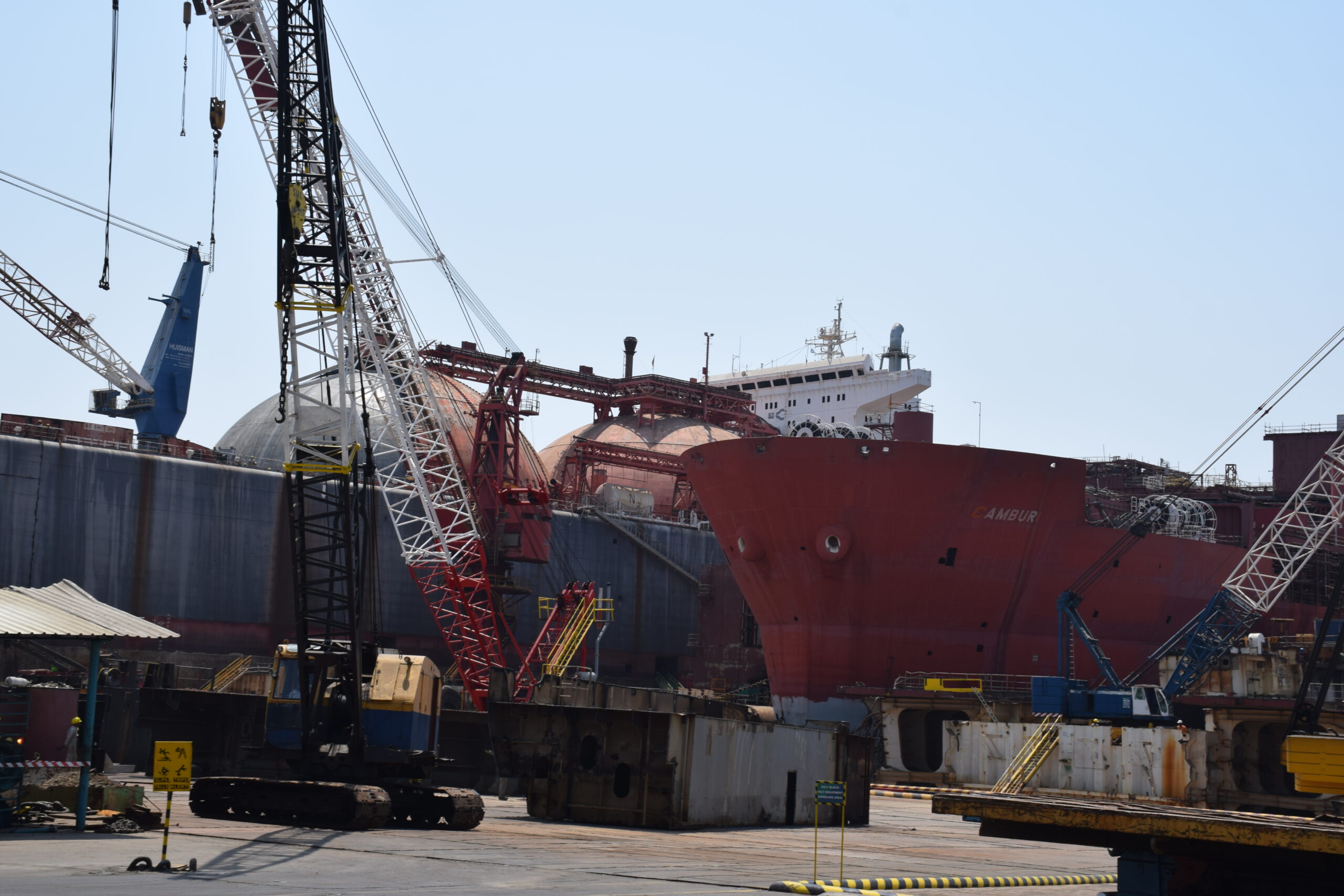A Royal New Zealand Navy Vessel Sinks Off Samoa – First Navy Loss Since WWII

In an unfortunate and unprecedented maritime disaster, the Royal New Zealand Navy has suffered the loss of a vessel for the first time since World War II. The New Zealand Defence Force confirmed that its specialist dive and hydrographic vessel, the Manawanui, ran aground and subsequently sank off the southern coast of Upolu, Samoa, late Saturday night. The incident has triggered concerns about the crew’s safety and the ship’s destruction and raised alarm over the potential for an environmental catastrophe.
When disaster struck, The Manawanui conducted a reef survey as part of its routine operations in the region. Commodore Shane Arndell, the maritime component commander of the New Zealand Defence Force (NZDF), said on Sunday that all 75 crew members and passengers aboard the vessel had been safely rescued. This immediate evacuation helped avoid any human casualties.
However, the implications of the vessel’s loss go far beyond the personnel, touching on both financial and environmental concerns. The ship, acquired in 2018 for NZ$103 million, represented a significant investment for New Zealand’s naval capabilities. Equipped for specialist diving and hydrographic missions, the Manawanui was a critical asset in maritime operations, particularly in Pacific waters.
The sequence of Events: From Grounding to Sinking
The Manawanui’s grounding occurred as the ship was surveying the reefs near Samoa, a routine task for a ship of its capability. At some point during the mission, the vessel hit a submerged obstruction, causing it to run aground. The severity of the impact became evident as the vessel began to list heavily, its stability compromised by the grounding.
Local media shared images and video footage showing the ship moments after the incident. The Manawanui was visibly tilted to one side, with thick plumes of grey smoke rising into the air. Despite early hopes that the ship could be salvaged, the damage was too severe. By 9 am local time on Sunday, the vessel had capsized and was fully submerged beneath the water.
Several ships in the area responded quickly to the emergency, rescuing the crew and passengers, who had evacuated the ship in lifeboats. In addition to the nearby vessels, a Royal New Zealand Air Force P-8A Poseidon was dispatched to provide aerial surveillance and assist with the rescue operation. Thanks to these combined efforts, all aboard the Manawanui were rescued without injury.
Environmental Concerns Mount
While the immediate focus was on the safety of those on board, concerns over environmental damage quickly rose. Late on Sunday, Samoa’s acting prime minister, Tuala Tevaga Iosefo Ponifasio, issued a statement warning that an oil spill was “highly probable” as a result of the sinking. The Manawanui, like most naval vessels, carried significant amounts of fuel and other hazardous materials that could have devastating effects on the marine environment if released.
Samoan authorities promptly launched an environmental impact assessment in the area to determine the extent of the damage. Oil spills in the Pacific Ocean, particularly near fragile reef ecosystems, can have long-lasting and far-reaching consequences, harming marine life and the livelihoods of local communities that depend on fishing and tourism.
The NZDF, for its part, stated that it was working closely with Samoan officials to monitor the situation and mitigate the environmental impacts as much as possible. Commodore Arndell emphasized that the agency was committed to minimizing the damage caused by the incident, but acknowledged that the full extent of the environmental impact might not be clear for some time.
Investigating the Cause
With the crew safe and the environmental assessment underway, attention now shifts to understanding how this incident occurred in the first place. As of Sunday, the exact cause of the grounding remained unknown. Commodore Arndell noted that a thorough investigation would be conducted to determine what led to the disaster.
The region where the Manawanui ran aground is known for its treacherous waters and complex reef systems. Even with modern navigation technology, ships can find themselves in peril if the reef formations are not adequately mapped or if unexpected factors, such as currents or weather, play a role. However, given that the Manawanui was specifically tasked with hydrographic surveys—mapping the seafloor and studying underwater topography—the incident raises questions about whether there was an error in navigation or an unforeseen hazard that caused the grounding.
The NZDF has indicated that it will work with external experts to conduct the investigation. In the meantime, the agency is prioritizing efforts to recover any debris and assess the loss of the Manawanui’s high-tech equipment, much of which was critical for its specialist missions.
A Significant Loss for New Zealand’s Navy
The loss of the Manawanui represents a major blow to the Royal New Zealand Navy, which has not experienced a vessel sinking since World War II. The ship, a relatively new addition to the fleet, played an essential role in New Zealand’s ability to carry out complex underwater missions, including search-and-recovery operations, hydrographic surveys, and support for diving missions.
Beyond its operational capabilities, the Manawanui was a symbol of New Zealand’s commitment to maintaining a strong naval presence in the Pacific. The Pacific region is strategically important for New Zealand, both in terms of national security and in fulfilling its international commitments, such as disaster relief and maritime safety missions. The Manawanui was frequently deployed on missions in the region, working closely with Pacific Island nations like Samoa to ensure maritime safety and environmental protection.
Replacing the vessel will undoubtedly be a costly and time-consuming process, adding further strain to the New Zealand government’s defense budget. In the meantime, the loss will leave a gap in the Navy’s capabilities, particularly in the Pacific.
Moving Forward
As the dust settles from this unprecedented maritime disaster, the focus will be on learning from the incident and ensuring that it does not happen again. The investigation into the grounding and subsequent sinking will likely take months, if not longer, and the New Zealand Defence Force will be under pressure to provide answers.
In the short term, efforts will continue to contain any environmental damage and recover what remains of the Manawanui. For Samoa, which has found itself at the center of this maritime incident, the priority will be to ensure that its fragile marine ecosystems are protected from the potential fallout of an oil spill or other hazardous materials leaking from the sunken ship.
The loss of the Manawanui serves as a stark reminder of the dangers that naval operations in the Pacific can face, even in peacetime. While the Royal New Zealand Navy mourns the loss of one of its most important vessels, it will be determined to rebuild and move forward, ensuring that such an incident does not happen again.
Author: shipping inbox
shipping and maritime related web portal








